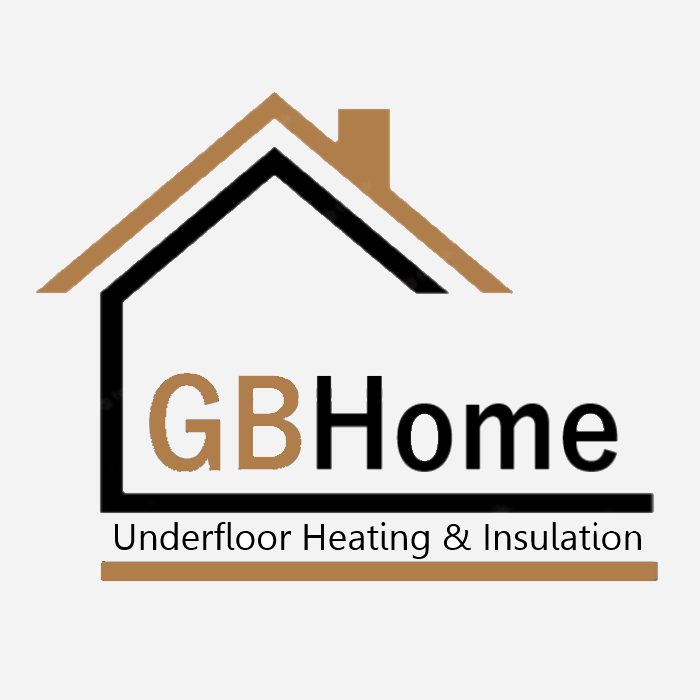Introduction: When it comes to tiling projects, having a reliable and sturdy substrate is crucial for ensuring long-lasting and visually appealing results. Tile backer boards have emerged as a popular choice for creating a solid foundation for tile installations and wet rooms. In this blog post, we will explore the key features and benefits of tile backer boards, highlighting their importance and suitability for a variety of tiling applications.
-
Waterproof and Moisture Resistance: Tile backer boards are specifically designed to withstand moisture and provide a waterproof barrier. They are often made from materials such as cement, fiber cement, or foam core with a waterproof coating. This inherent moisture resistance makes them ideal for areas prone to water exposure, such as bathrooms, showers, and kitchen backsplashes. By preventing water seepage, tile backer boards protect the underlying structure and help maintain the integrity of the tiled surface.
-
Strength and Stability: Tile backer boards are engineered to offer exceptional strength and stability. They provide a solid surface for tile installations, ensuring that the tiles remain securely in place. The rigid nature of backer boards helps prevent flexing and cracking of tiles, especially in high-traffic areas or on substrates that may experience movement. This strength and stability also make backer boards suitable for large format tiles or heavy stone installations.
-
Thermal Insulation: In addition to providing a reliable substrate for tiling, certain types of tile backer boards offer thermal insulation properties. These boards are often enhanced with insulation materials such as extruded polystyrene (XPS) or expanded polystyrene (EPS) foam. The insulation layer helps to reduce heat loss, creating a more comfortable environment and potentially reducing energy consumption. This makes tile backer boards with thermal insulation an excellent choice for underfloor heating systems or areas where thermal efficiency is a priority.
-
Ease of Installation: Tile backer boards are designed for ease of installation, making them a preferred choice for both professional installers and DIY enthusiasts. They are lightweight, which makes them easy to handle and transport. Backer boards are typically available in standard sizes, and they can be easily cut to fit any shape or size of the tiling area. Many backer boards come with pre-marked guidelines for precise cutting and drilling, further simplifying the installation process.
-
Versatility and Compatibility: Tile backer boards can be used with various types of tiles, including ceramic, porcelain, natural stone, and mosaic. They are compatible with different tile adhesives and grout types, allowing for flexibility in design choices. Backer boards can be used on both walls and floors, providing a versatile solution for various tiling projects, such as showers, countertops, fireplace surrounds, and wet areas.
Conclusion: Tile backer boards offer a multitude of benefits, including waterproofing, strength, stability, thermal insulation, and ease of installation. By providing a solid and reliable substrate for tile installations, they contribute to the durability and longevity of tiled surfaces. Whether you're a professional or a DIY enthusiast, using tile backer boards is a wise choice for achieving professional-looking results and ensuring the success of your tiling projects.
If there is anything else you would like to know about tile backer boards our trained experts at GBHome would be happy to help.

